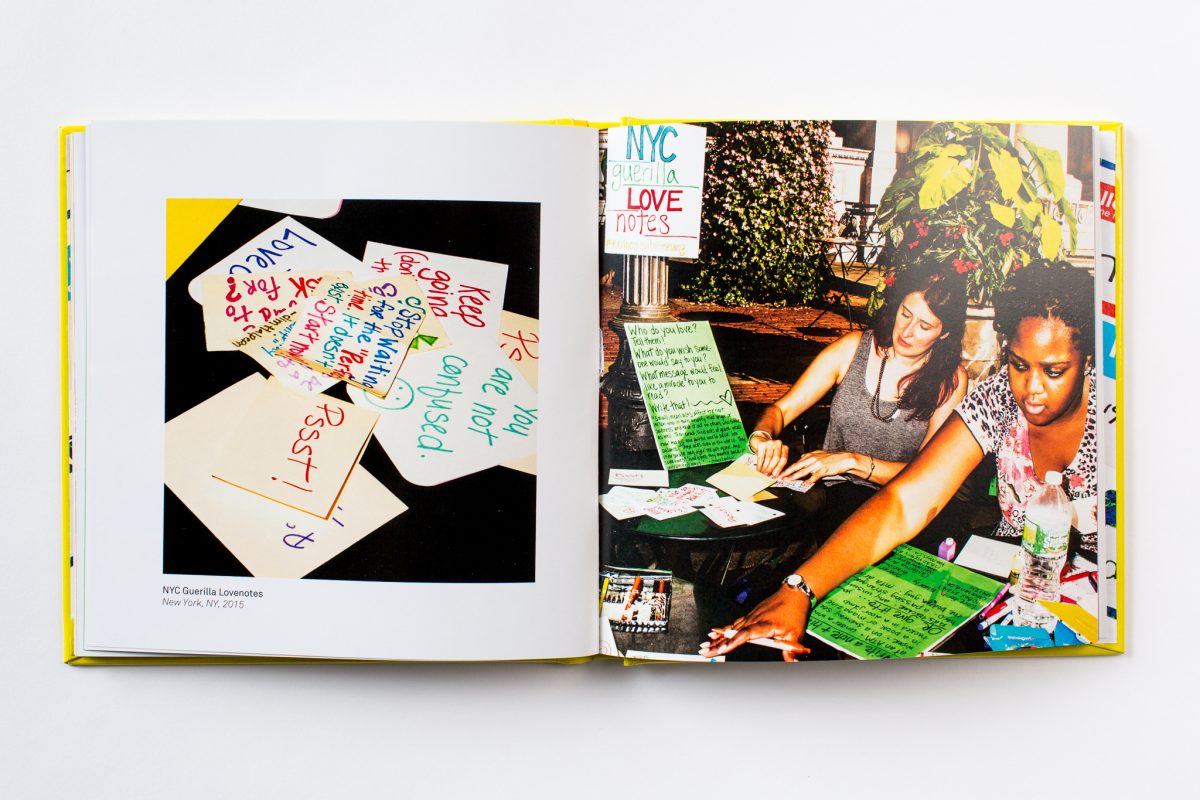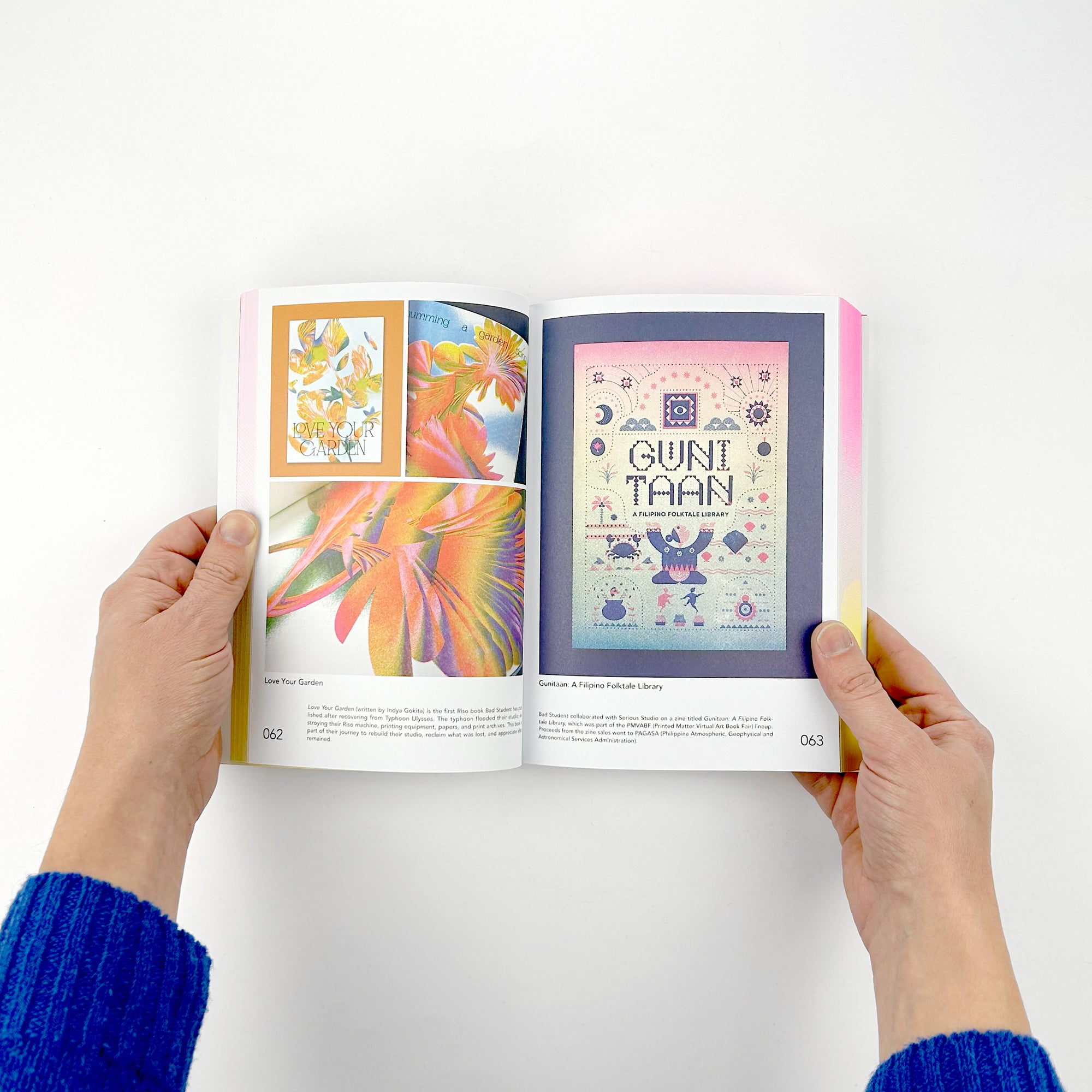Pro Prepress Tips for Flawless art book Printing
Pro Prepress Tips for Flawless art book Printing
Blog Article
Discover the Crucial Overview to Art Book Printing for Aspiring Artists and Publishers
As a hopeful artist or author, understanding the nuances of art book printing is necessary to bringing your vision to life. What are the vital elements you should focus on to create a sensational art book that really represents your work?
Understanding Various Kinds Of Art Books
When you dive into the world of art publications, you'll swiftly uncover that they can be found in various forms, each tailored to various artistic expressions and audiences. Coffee table books typically display spectacular visuals, perfect for laid-back browsing, while monographs dive deep into an individual musician's job, supplying context and insights. If you have an interest in specific art movements, exhibition brochures supply comprehensive documentation of programs, featuring essays and reviews.
For training objectives, art manuals and method publications assist you through various tools and styles, making them necessary for aspiring artists. Each style offers its function, and recognizing their distinctions can improve your art book trip.
Choosing the Right Paper and Materials
Picking the right paper and materials can significantly affect the total top quality and feel of your art book. Beginning by taking into consideration the kind of artwork you have. For vivid colors and complex details, decide for a glossy surface or a heavyweight matte paper that boosts visual deepness. If your work features softer tones or appearances, an all-natural or uncoated paper can offer a cozy, inviting touch.
Think of the weight of the paper, as well. Thicker options frequently provide an even more specialist appearance, while lighter papers can reduce printing prices. Don't forget the binding materials; a strong cover can secure your web pages and include in the book's visual.
Finally, consider sustainability. Green options are gaining popularity and can show your values as an artist. By meticulously selecting your paper and materials, you'll guarantee that your art book not just looks great yet additionally feels unique in the hands of your visitors.

Selecting the very best Printing Strategies
When it involves publishing your art book, picking between balanced out and electronic printing can greatly affect your end product. You'll likewise want to consider just how paper quality influences the total look of your art work. Let's explore these crucial printing techniques to locate the most effective suitable for your task.
Countered vs. Digital Printing
While both offset and electronic printing have their benefits, selecting the right method for your art book can considerably affect the final product. Offset printing provides premium photos and vibrant colors, making it perfect for bigger print runs. If you're looking to create hundreds or countless duplicates, counter will provide you constant outcomes and reduced per-unit prices. On the various other hand, electronic printing stands out for smaller sized amounts and quicker turn-around times. It permits simple modification, allowing you to print special copies without added arrangement costs. Consider your spending plan, timeline, and the quantity of your job. Inevitably, your selection needs to line up with your creative vision and distribution technique, making certain that your art book shows the high quality you desire.
Paper Top Quality Factors To Consider
Selecting the right paper quality can considerably improve the aesthetic charm and tactile experience of your art book. Start by considering the weight and texture of the paper. Larger paper often feels more elegant and can much better display lively colors and complex information. For prints, a shiny finish can make photos pop, while a matte surface provides a softer, a lot more subtle appearance. Do not forget the paper's illumination; brighter sheets can enhance shade precision and contrast.
Next, think of the sustainability of your choice. Environmentally friendly options are coming to be progressively popular and can appeal to environmentally-conscious readers. Ultimately, demand samples to see how various documents collaborate with your artwork, guaranteeing the end product reflects your vision completely.
Making Certain Color Precision in Your Prints
To achieve stunning prints, you need to concentrate on shade accuracy from the start. You'll intend to make use of shade calibration methods to confirm your display and printer remain in sync. Additionally, proofing your work prior to the final print run can help catch any inconsistencies, guaranteeing your art looks equally as you pictured.
Color Calibration Methods
Assuring color accuracy in your prints starts with effective color calibration techniques that assist preserve uniformity in between your digital pictures and final published products. Initially, adjust your display utilizing hardware calibration devices to achieve the very best color representation. This validates that what you see on-screen matches what obtains published. Next find out here off, choose a color account matched for your printing process, like CMYK for print products. Routinely examine your printer's settings and maintain it to avoid color shifts. It's also important to use high-quality paper that matches your inks, as different surfaces can greatly impact color result. By consistently using these strategies, you'll boost the overall top quality of your art prints and much better communicate your creative vision.
Proofing for Precision
While you might believe your digital pictures are ready for print, proofing is crucial for attaining color accuracy. Prior to committing to a full print run, constantly ask for an evidence from your printer. This allows you to see how shades equate from display to paper. Compare the evidence with your adjusted display to find any type of discrepancies. Take note of saturation, illumination, and shade, as these aspects can dramatically influence your last product.
If modifications are required, interact clearly with your printer regarding your wanted outcomes. Do not be reluctant to request numerous evidence if needed; it deserves the financial investment to get it right. Ultimately, thorough proofing assurances that your artwork is stood for as you visualized it, keeping your imaginative integrity throughout the printing process.

Designing Layouts That Enhance Your Art Work
When you develop formats for your art book, it's vital to consider how each aspect communicates with your art work. Aim for an equilibrium in between visuals and message, making certain neither overshadows the other. Use white area tactically; it provides your art work space to take a breath and draws attention to its details.
Take into consideration the flow of your book. Prepare photos in a manner that overviews the viewers's eye, creating a narrative or thematic development. art book. Vary the dimensions and positionings of your art work to keep the format dynamic and intriguing
Select font styles that match your artwork without sidetracking from it. Keep message succinct and appropriate, supplying context or understanding that boosts the audience's experience.
Ultimately, examination various layouts. Publish samples to see how the styles translate theoretically, and change as needed. By attentively making your designs, you'll develop a visually engaging art book that reverberates with your target market.
Binding Alternatives for an Expert Finish
Picking the right binding alternative can substantially influence the overall presentation of your art book. You'll want to take into consideration both aesthetic appeals and sturdiness when making your option. Popular choices consist of ideal binding, which uses a smooth appearance and is excellent for thicker books; saddle sewing, perfect for smaller sized brochures; and spiral binding, which enables pages to lay level for very easy viewing.
If you're going for a costs feeling, instance binding is an exceptional choice, supplying a durable cover and a professional look (art book). Do not forget the cover material; options like cloth, leather, or a glossy surface can elevate your book's allure
Whatever alternative you choose, see to it it matches your artwork and enhances the viewers's experience. Take your time to consider the advantages and disadvantages of each method, so your final item mirrors the top quality of your creative vision.
Preparing Your Files for Publish Preparedness
To ensure your art book is print-ready, you'll need to pay close focus to file prep work. Begin by establishing your document dimension to match your wanted print dimensions.
Consider developing a proof to review prior to the final print run. Following these steps will aid you accomplish a sleek, professional art book.
Regularly Asked Concerns
What Is the Ordinary Price of Publishing an Art Book?
The average price of publishing an art book differs, however you can expect to pay anywhere from $5 to $20 per copy, depending upon variables like dimension, paper quality, and printing quantity.
Exactly How Can I Locate a Reliable Printing Firm?
To locate a trusted printing company, start by looking into on-line testimonials and asking other artists for recommendations. Contrast quotes, inspect portfolios, and communicate your demands clearly to assure they comprehend Find Out More your vision and top look what i found quality assumptions.
What Is the Normal Turn-around Time for Printing?
The common turnaround time for printing differs yet generally varies from one to 4 weeks. Variables like project intricacy and quantity can influence this. Constantly verify with your chosen printer for specific timelines and expectations.
Can I Publish My Art Book in Limited Quantities?
Yes, you can absolutely publish your art book in restricted amounts. Numerous printing companies offer short-run alternatives, allowing you to generate simply the number you need, making it simpler to manage costs and inventory.
What Legal Considerations Should I Know for My Art Book?
You must take into consideration copyright, licensing contracts, and design releases when creating your art book. Make certain you have the right to utilize all photos and text, protecting yourself from potential lawful problems down the roadway.
Report this page